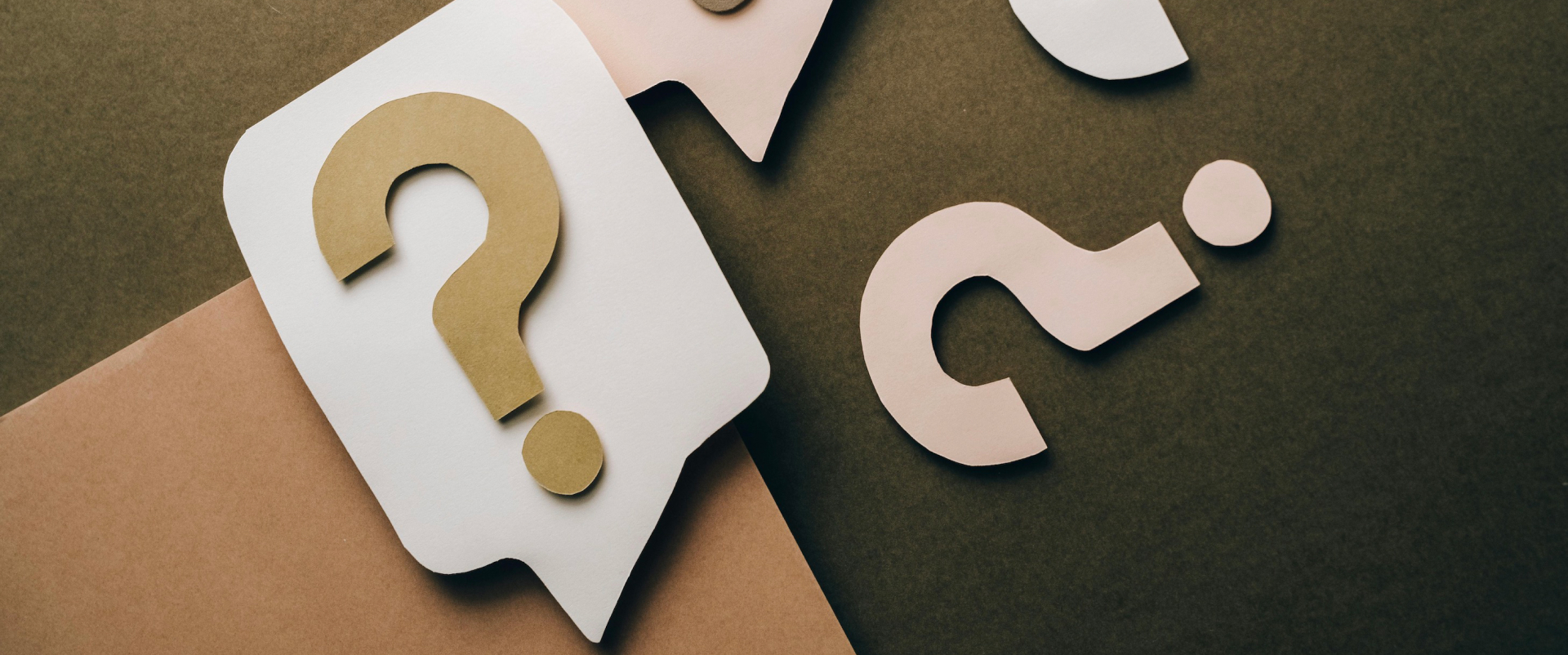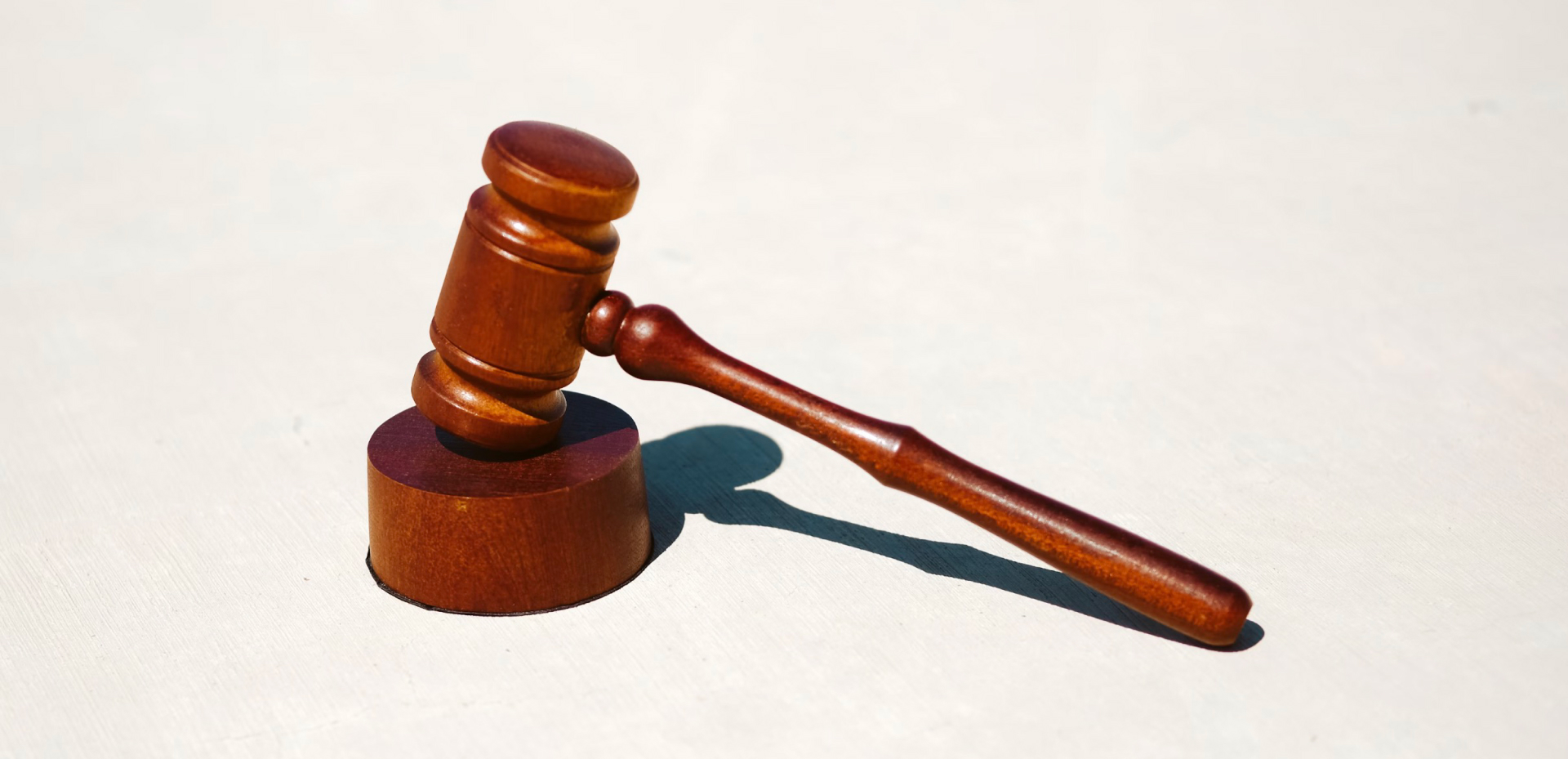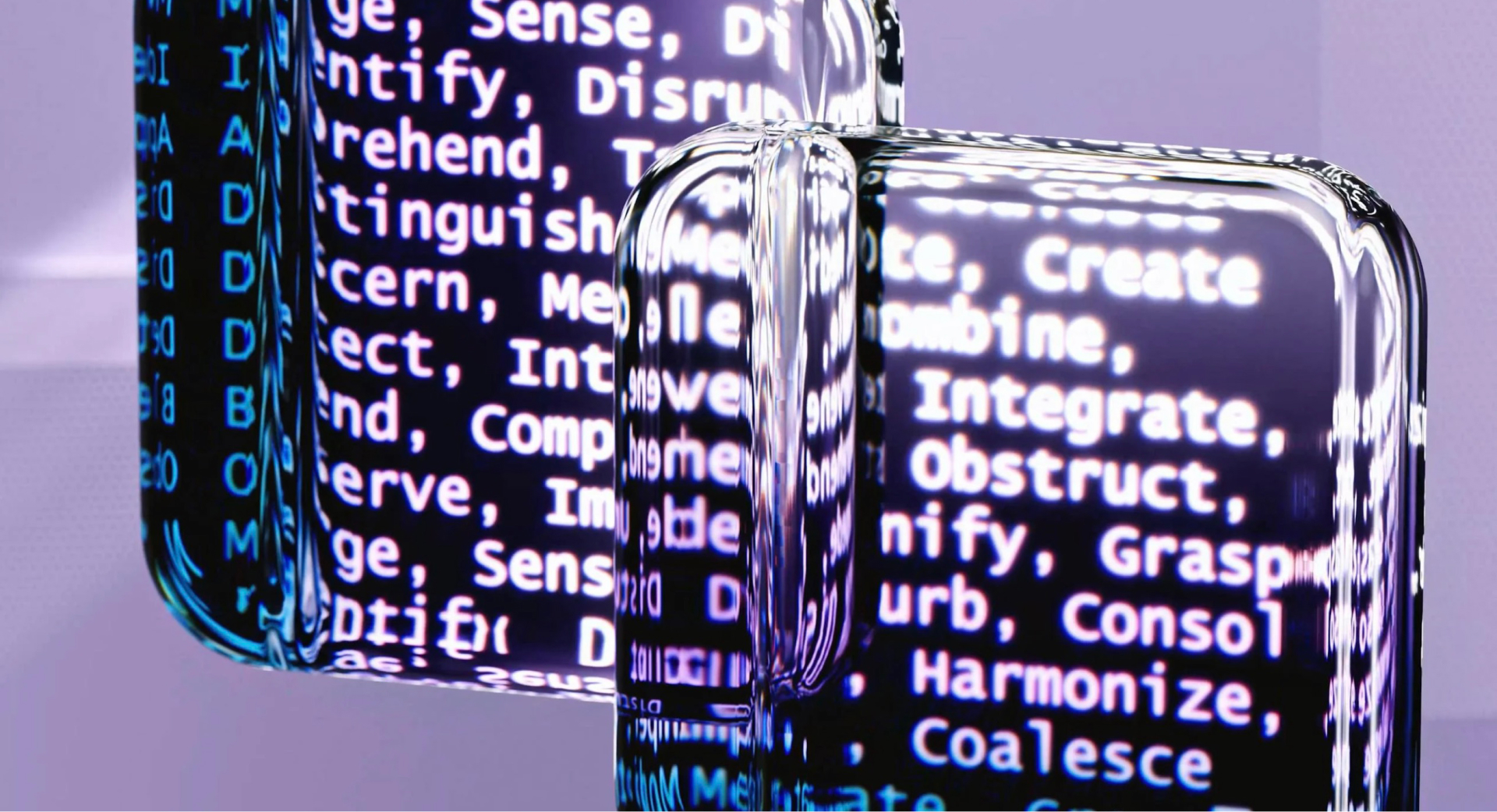
AI Creative License is a Book on a Tree project that promotes transparency in the use of Artificial Intelligence (AI) within literary and artistic works.
Through the presence of one of the three symbols below, the individual enjoying a literary or artistic work (such as a novel, film, illustration, poem or song, etc.) can identify the degree of AI involvement in the process of conceiving and creating the work.
Authorship of the work
When human intuition meets artificial intelligence: different levels of intervention and co-creation.

Totally human
The author or authors of a literary or artistic work declare that they have created the work while employing all the faculties proper to authorship themselves. For example, they claim to have come up with the idea behind a novel or film, to have invented the plot and characters, to have written or directed it, to have decided on the subject of an illustration or photo, as well as the style, perspective, framing and so on. AI may have been used for the realisation of the work, but only for non-authorship functions such as research or documentation collection. Any such contribution from AI may thus have speeded up some non-authorship stages of realisation (such as documentation), but nothing more. Without AI, the final work would have turned out exactly the same.

Partially human
The author or authors of a literary or artistic work declare that they created the work using one or more AI programmes as co-authors. For example, AI came up with the idea behind a novel or film or modified it in a major way, conceived some plot twists or characters, or was responsible for the realisation of parts of the work by writing or illustrating it, directing it or choosing its subject, style, perspective, framing and so on. In other words, AI did the work that, if done by an individual, would qualify it for all legal purposes as a co-author. AI’s contribution was not limited to non-authorial stages of implementation, but changed the very essence of the work to the point that, without that contribution, the final work would not be the same.

Tendentially nonhuman
The work has no human author or authors, but at most commissioners. Just as an art director may commission a draughtsman to draw an illustration, a publisher may commission a writer to write a book, and a producer may commission a director to direct a film, etc., the human subject has merely requested one or more AI programmes to produce the work, possibly modifying some of its features later but without exercising authorial prerogatives. As an example, AI came up with the idea behind a novel or a film work, conceived the main plot twists and all or most of the characters, took charge of the realisation of the work in its entirety by writing or illustrating it, directing it, or choosing its subject, style, perspective, framing and so on. Without AI, the final work would not exist.
What is AI?
The expression Artificial Intelligence (AI for short) refers to a computer system designed to operate with various levels of autonomy and which possesses adaptive capabilities and therefore can, for a given set of objectives defined by the user, based on the input it receives, generate outputs such as predictions, content, recommendations or decisions.
Generative AI, that is, AI that is capable of producing new original content from a simple request (or prompt), has long been dreamt of in science fiction and is, today, a reality.
With some simplification, we could say that AI is computer software that instead of functioning like a “normal” computer programme, tries to reproduce the way the human brain operates.
Classic Algorithm
This consists of a long series of very precise instructions, such as “if something happens then do something else”. Executed one after another, these instructions allow a specific result to be achieved.
AI Algorithm
This is made up of several layers of “artificial neurons”. Depending on the input received, these neurons can strengthen or weaken the bonds that join them, allowing the software to generate new content..
Right now, AI software is already in use, all over the world, with a wide variety of functions: in hospitals, universities, companies, and so on. You also use it dozens of times a day, without even knowing.
Among the AI tools currently widespread we can mention, by way of example and in a non-exhaustive way: ChatGPT, Claude, Midjourney…
Software and applications with AI functions include, but are not limited to: Microsoft Edge, Office suite, Adobe Photoshop.

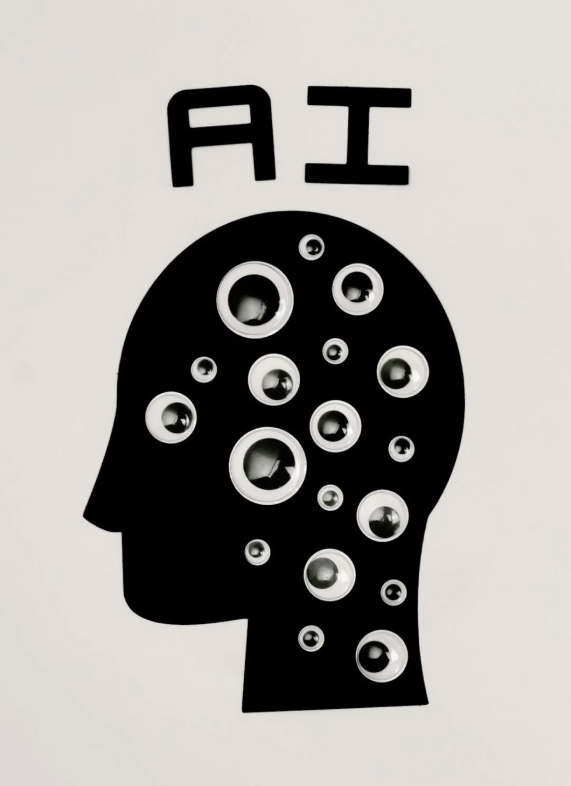
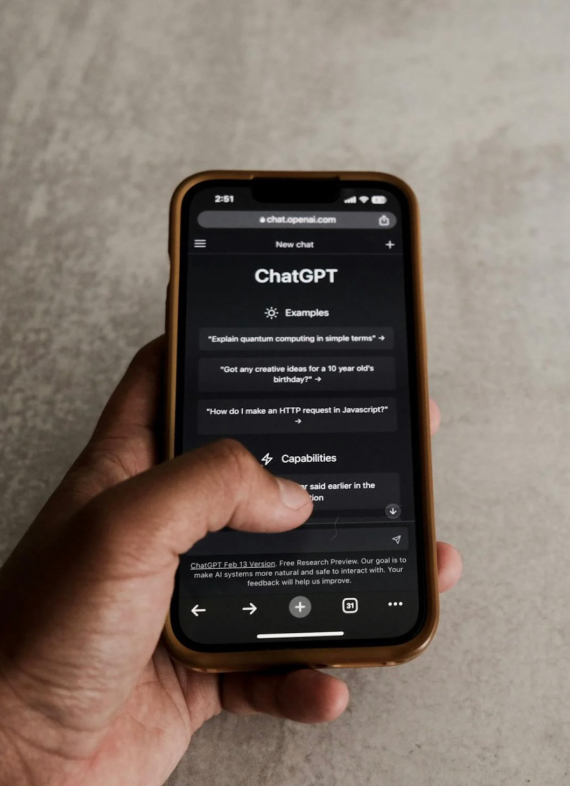
A matter of clarity.
Legal aspects and future prospects
The Berne Convention for the Protection of Literary and Artistic Works, which dates back to 1886, is the first treaty to establish at a global level a set of common principles relating to copyright, which were later extended and updated through numerous EU treaties, directives and regulations. Curiously, neither the Convention nor subsequent European Union directives stipulate precisely who the author of a literary or artistic work is, or when a person can legitimately acquire this title.
With reference to Italian legislation, Law No. 633 of 1941 on the one hand states that the author is to be identified as the person or persons responsible for the creation of an artistic or literary work as an expression of their own intellectual work (Article 6), on the other, it establishes that the rights of economic use of the works protected by copyright last “for the entire life of the author and until the end of the seventieth calendar year after their death” (Article 25). Clearly, these previsions do not consider the possibility that computer software may create original works, and thus become an author or co-author in turn.
We believe it is crucial to explicitly define what authorship of a literary or artistic work consists of and the specifics of collaboration between an author and AI software in the context of co-authorship. We believe these are crucial and urgent issues that need thorough attention from legislation both locally and internationally, on all levels.
We would like to make it clear that for us this is a matter of public transparency and NOT a matter of judging how good the work is, which we believe depends solely on the quality of the work itself, regardless of who produced it and how.
Imagine a future (not necessarily a distant one) in which an incredibly developed AI programme is able to autonomously produce a painting like the Mona Lisa, or a poem like the Divine Comedy. Would such an event be positive or negative? For us, without a doubt, positive, because we believe that works of art, of whatever kind, and regardless of who made them, can make the world a better place. Or, if nothing else, relieve the burden that all of us human beings carry from the moment of our birth.
But we also believe that the recipient of an artistic or literary work has the right to know who the author is, enabling them to make a conscious decision as to whether or not to enjoy it based on this information as well.
Attribution test
If you are an author, part of a collective, or in any case a creator of literary or artistic works, and like us you believe that it is the public’s right to know how you make those works, we encourage you to download the badge that’s most appropriate to your work and affix it to the work. For example, in the colophon if it is a book, or in the credits in the case of films, videos and other audiovisual material.
1. Every literary or artistic work has a heart, a leading idea, born out of a personal expressive or narrative need. In the case of your work, this idea:
2. In the process of developing, studying and preparing the work, the input of AI was:
3. The material realisation of the work (writing, drawing, other):
4. If you could not have used any form of AI for the realisation of your work:
5. Imagine that the AI software you used during your work is actually a human being. In this case, do you think it would:
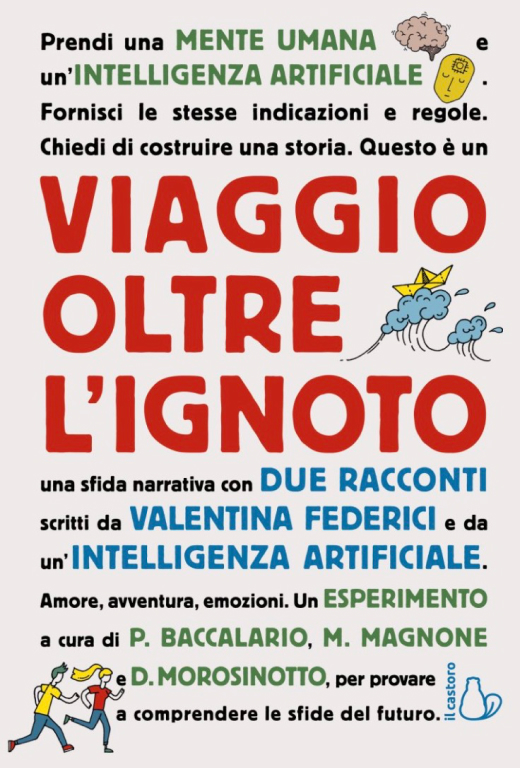
Journey Beyond the Unknown.
The proposal to adopt AI Creative License stamps on all artistic and literary works was first launched in the book Viaggio oltre l’ignoto (Journey Beyond the Unknown), published in Italy in February 2024 by Il Castoro in collaboration with Book on a Tree.
This book contains a short novel written by human author Valentina Federici, as well as a short novel written by a set of Artificial Intelligence programmes, all accompanied by an essay describing the experiment written by Pierdomenico Baccalario, Marco Magnone and Davide Morosinotto.
